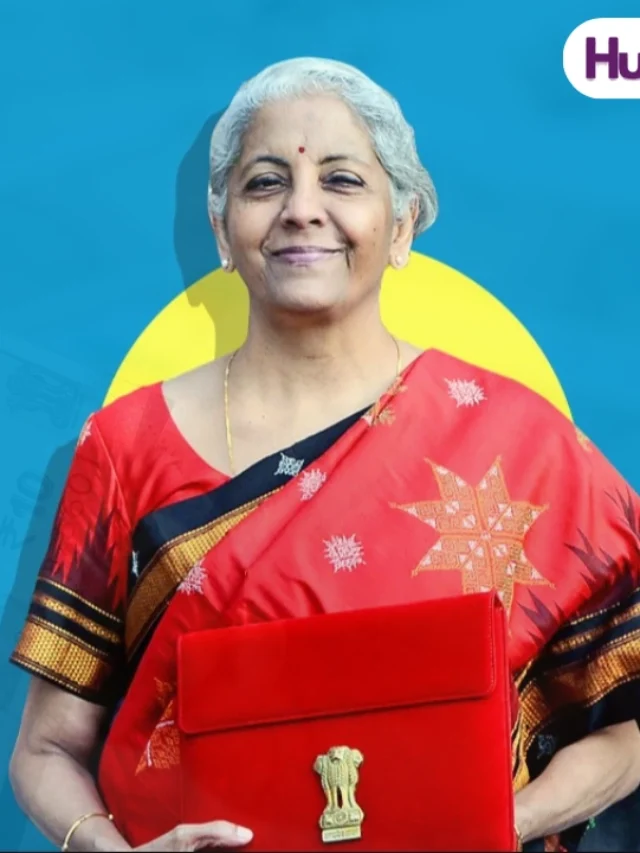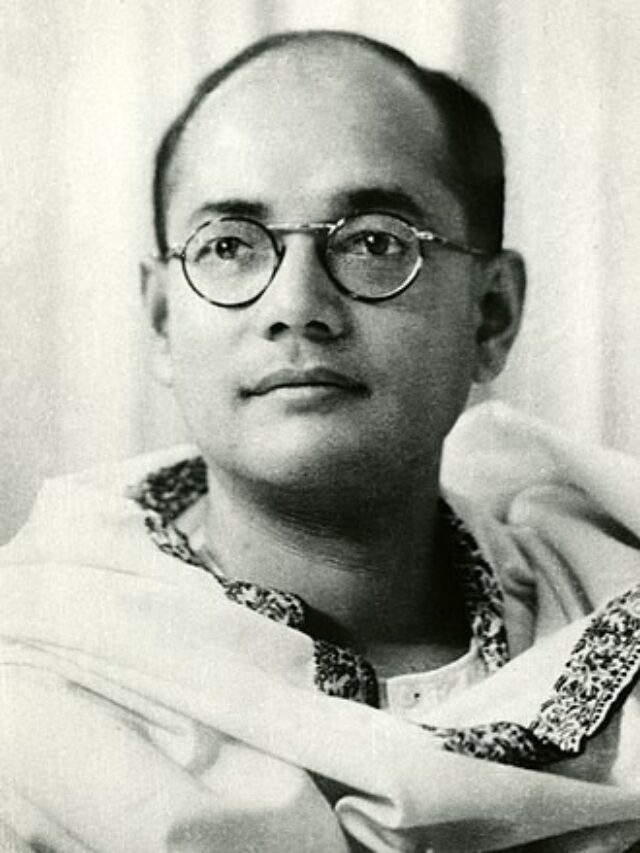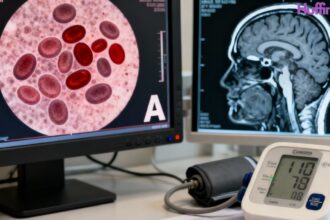New Delhi — A silent heart crisis among young Indians is emerging as one of the most pressing health challenges in the country. Recent research indicates that younger Indian adults — in their 20s, 30s and early 40s — are experiencing cardiac events at unprecedented rates, often without clear warning signs.
In many urban centres, doctors report that almost 1 in 4 heart attack cases now involve patients under 40, a shift that defies long-held assumptions about heart disease being a late-life problem.
Unpacking the Causes
Several factors converge to fuel the silent heart crisis young Indians face:
- Lifestyle shifts: Sedentary jobs, high-stress cultures, processed-food diets and insufficient sleep contribute to elevated risk.
- Genetic predisposition & early comorbidities: Indians are genetically more vulnerable to metabolic disorders, smaller coronary arteries and earlier onset of hypertension and diabetes.
- Silent symptoms: Many young individuals remain unaware they’ve had a heart attack — in one study, up to 45% of events were asymptomatic.
- Urban exposure & risk underestimation: Stress, pollution and irregular lifestyles in urban India amplify cardiovascular strain even among apparently healthy adults.
The Clinical & Economic Implication
The silent heart crisis young Indians face is not just a health issue — it has broader implications. Early-onset cardiovascular disease can reduce lifetime productivity, increase healthcare costs and burden families financially. Health systems, especially in tier-2 and tier-3 cities, may face additional strain as younger cohorts require long-term care.
Cardiologist Dr Sarita Rao warns, “Young adults aren’t invincible. They may appear fit, but underlying damage can accumulate quietly.”
Preventive Pathways & Action
Experts emphasise early intervention and lifestyle modification as key to reversing this trend:
- Daily physical activity (30-45 minutes) and reduction of sedentary time
- Healthy diet: Avoid processed foods and high saturated fats; aim for whole grains, fruits/vegetables.
- Regular health screenings: For blood pressure, cholesterol, blood-glucose from age 30 onwards
- Managing stress & sleep: Meditation, balanced sleep schedules and reducing work-life imbalance
- Awareness of silent symptoms: Fatigue and unexplained breathlessness or indigestion could indicate cardiac events.
Policy & Corporate Responsibility
On the institutional front, the government’s National Programme for Prevention and Control of Cancer, Diabetes, CVD and Stroke (NPCDCS) is being expanded to target younger populations and urban hotspots. Employers and universities are also urged to integrate cardiovascular-risk screening and wellness programmes.
Looking Ahead
If the current trajectory continues, India risks a lost decade of health productivity, unless the silent heart crisis young Indians face is reversed. However, a collective push — from individuals, medical professionals, employers and policymakers — could help pivot the trend. The message is clear: heart disease is not just an older person’s issue anymore.
Conclusion
The silent heart crisis young Indians now face demands urgent attention and collective action. With the right interventions and mindset shifts, what seems like an inevitable outcome can instead become an avoidable setback. Awareness, screening and lifestyle change are the tools to rewrite the story.

























